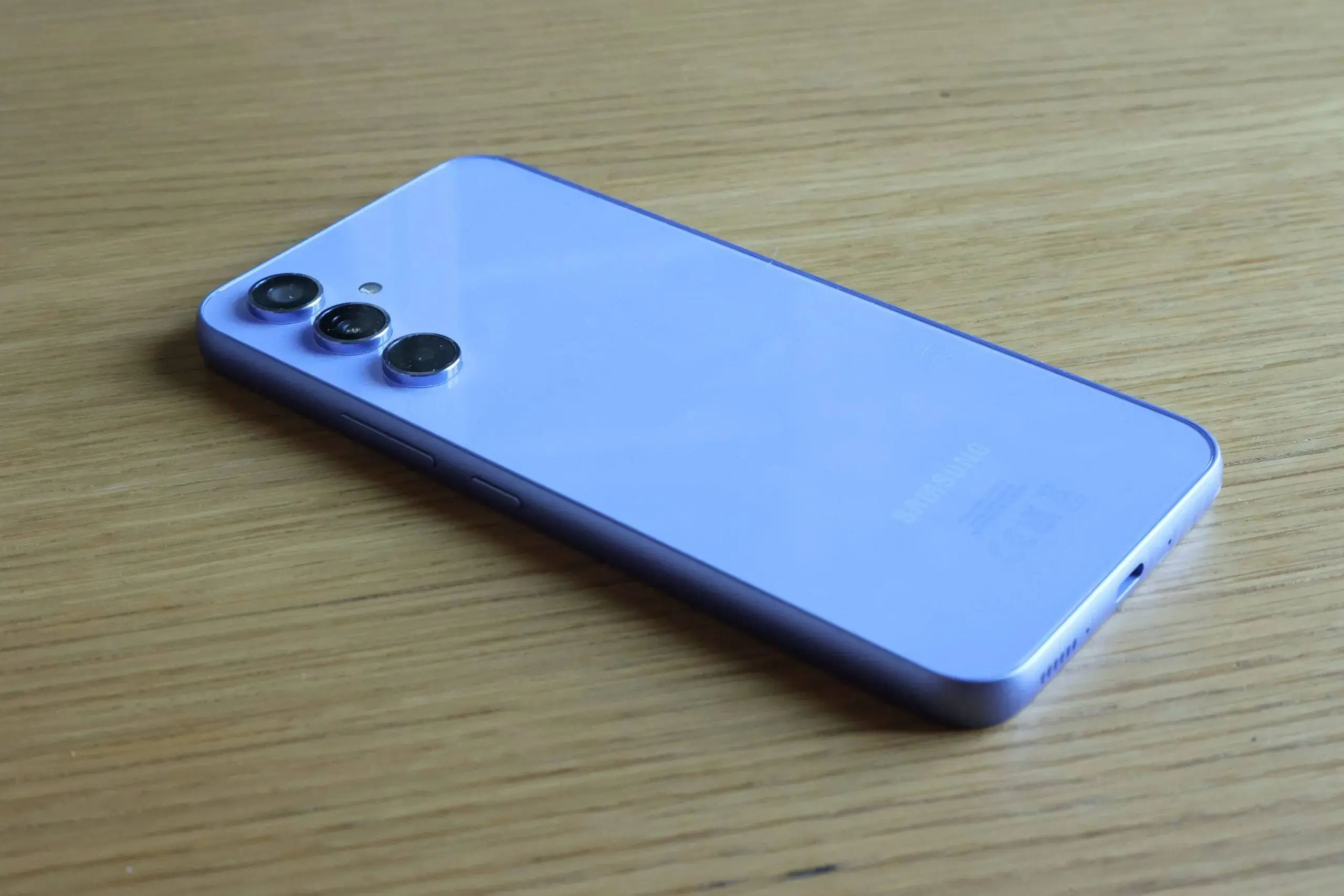The love affair with your smartphone can feel eternal at first. It’s your constant companion, capturing memories, connecting you with loved ones, and keeping you informed. But like all things technological, that love affair eventually reaches a crossroads. The day arrives when your phone manufacturer no longer blesses your device with software updates. This lack of updates, particularly security patches, exposes you to potential vulnerabilities and a less than optimal user experience. Fear not, fellow phone enthusiast! This isn’t the end, just a new chapter in your phone’s life. Here’s a comprehensive guide to navigate this situation:
Living on Borrowed Time: Strategies for an Unsupported Smartphone

Understanding the Update Ebb and Flow
Software updates are the lifeblood of a smartphone. They fix bugs, improve performance, introduce new features, and most importantly, patch security holes. Manufacturers typically commit to a specific update window for their devices. This window varies depending on the brand and phone tier, but it generally ranges from one to three years for major OS updates and a similar timeframe for security patches. Once that window closes, you’re officially on borrowed time.
The Risks of an Unsupported Phone
The biggest concern with an unsupported phone is security. Hackers are constantly on the lookout for vulnerabilities in outdated software. Without security patches, your phone becomes an easier target for malware, phishing attacks, and data breaches. Additionally, unsupported phones might not run new apps seamlessly or experience compatibility issues with existing ones. You might also miss out on the latest features and performance improvements.
Extending Your Phone’s Life: Strategies and Considerations
Before you rush out and buy a new phone, consider these strategies to squeeze some extra life out of your trusty companion:
-
Keep Apps Updated: This might seem obvious, but it’s crucial. App developers frequently release updates that address security issues specific to their app. A well-maintained app, even on an unsupported phone, offers some level of protection.
-
Be Mindful of What You Download: This is especially important for apps outside the official app store. Third-party app stores can harbor malicious software. Stick to reputable sources and avoid downloading anything that seems suspicious.
-
Use a Mobile Security App: A good security app can provide additional layers of protection, including malware scanning, phishing detection, and secure browsing features. Research reputable options and choose one that fits your needs.
-
Be Wary of Public Wi-Fi: Public Wi-Fi networks are notoriously insecure. If you must use one on your unsupported phone, avoid sensitive activities like online banking or entering passwords. Consider using a VPN for an extra layer of encryption.
-
Embrace the Minimalist Approach: The fewer apps you have installed, the less your attack surface. Uninstall apps you don’t use regularly and avoid installing new ones unless absolutely necessary.
Flashing a Custom ROM: A Risky Gamble for the Tech-Savvy
For the more adventurous users, flashing a custom ROM (custom operating system) can breathe new life into an unsupported phone. Custom ROMs are essentially community-developed versions of the Android operating system that offer features and updates not available on the stock version. However, this is a complex process with inherent risks. It can brick your phone (render it unusable) if not done correctly. Carefully research the process specific to your phone model, ensure you have the technical expertise, and only proceed if the benefits outweigh the risks.
Considering a New Phone: What to Look For
If the aforementioned strategies aren’t enough, or you simply crave the latest features, it’s time to consider a new phone. Here are some key factors to keep in mind:
-
Update Policy: Research the manufacturer’s update policy before you buy. Ideally, choose a brand known for offering long-term software support.
-
Budget: New phones range from budget-friendly to top-of-the-line flagships. Determine your needs and set a realistic budget.
-
Features: Consider the features that are most important to you. Do you need a great camera? Long battery life? A powerful processor for gaming? Prioritize based on your usage habits.
-
Trade-In Programs: Many retailers offer trade-in programs where you can get credit for your old phone towards a new one. This can help offset the cost of upgrading.
Repurposing Your Old Phone: Giving it a Second Life
Even if your phone is no longer your daily driver, it doesn’t have to become e-waste. Here are some creative ways to give your old phone a second life:
-
Dedicated Music Player: Load your favorite tunes and use your old phone as a dedicated music player. This frees up storage space on your new phone and provides a great on-the-go music experience.
-
E-Reader: Download e-books and use your old phone for reading. The smaller screen size might be easier on your eyes than a larger tablet.
-
Voice Recorder: Use your old phone as a dedicated voice recorder for lectures, meetings, or capturing song ideas.
-
Gaming Device: If your old phone has decent specs, consider using it for retro or less demanding games. This keeps your new phone free for more resource-intensive titles.
-
Kid’s Phone: Give your old phone a new lease on life as a kid’s phone. Load it with educational apps, games, and child-safe content.
-
Smart Home Device: Depending on the phone’s capabilities, you might be able to repurpose it as a smart home device. Use it to control lights, thermostats, or even turn it into a security camera.
-
Backup Phone: Keep your old phone charged and updated with essential apps as a backup device. This comes in handy if your primary phone gets lost, stolen, or damaged.

Advanced Tips and Tricks for an Unsupported Phone
While the previous sections covered the general strategies for using an unsupported phone, here’s a deeper dive with some advanced tips and tricks:
Security Enhancements:
-
App Permissions: Go through your installed apps and tighten their permissions. Restrict access to features like location, microphone, and camera unless absolutely necessary.
-
Two-Factor Authentication (2FA): Enable 2FA for all your online accounts wherever possible. This adds an extra layer of security beyond just your password.
-
Phishing Awareness: Be extra vigilant about phishing attempts. Don’t click on suspicious links or download attachments from unknown senders.
-
Anti-Virus Software: Consider using a reputable anti-virus app specifically designed for mobile devices. However, remember, this is not a silver bullet and should be used in conjunction with other security practices.
Optimizing Performance:
-
Clear Cache and Data: Regularly clear app cache and data to free up storage space and potentially improve performance.
-
Disable Unnecessary Background Processes: Many apps continue to run in the background even when not actively used. Identify and disable these background processes to conserve battery and resources.
-
Lightweight Alternatives: Look for lightweight alternatives to your favorite apps. These stripped-down versions often use fewer resources and run smoother on older devices.
-
Factory Reset (Last Resort): If your phone’s performance has significantly degraded, consider a factory reset as a last resort. This wipes all your data and settings, so be sure to back up everything beforehand.
Advanced Techniques (For Tech-Savvy Users):
-
Rooting (With Caution): Rooting your phone gives you unrestricted access to the operating system, allowing for deeper customization and potentially installing custom ROMs. However, rooting carries significant risks, including bricking your phone and voiding your warranty. Only proceed if you understand the risks and benefits, and have the technical expertise.
-
Custom Kernel Flashing (For Experts Only): Flashing a custom kernel can provide finer control over your phone’s hardware and potentially improve performance or battery life. This is an extremely technical process and should only be attempted by experienced users who understand the potential consequences.
Remember: These advanced techniques are not for everyone. It’s crucial to weigh the risks and benefits before attempting any of them. If you’re unsure, it’s best to stick with the basic strategies mentioned earlier.
Community Resources:
Don’t underestimate the power of online communities. Many online forums and websites cater to specific phone models. These communities can be a valuable resource for finding tips, tricks, and custom solutions for your unsupported phone. Search online forums specific to your phone model to tap into this knowledge base.
Conclusion: Making the Most of Your Smartphone Journey
While the end of software support might feel like a setback, it doesn’t have to signal the end of your phone’s usefulness. With a little caution and creativity, you can extend its lifespan and get the most out of your investment. Remember, the decision to upgrade is ultimately yours. If your phone is still functioning well and meets your needs, there’s no shame in keeping it around a little longer. However, if security concerns become paramount or you crave the latest features, transitioning to a new phone with a long-term update policy is a wise investment. No matter your choice, this guide should empower you to navigate the end of software support with confidence and get the most out of your smartphone journey.
Additional Tips:
-
Regularly back up your phone’s data to the cloud or an external storage device. This ensures you don’t lose precious photos, contacts, and other important information.
-
Consider using a lightweight launcher to declutter your phone’s interface and potentially improve performance on older devices.
-
Be mindful of battery health. As phones age, their batteries degrade. Invest in a portable charger or consider replacing the battery if possible.
By following these tips and strategies, you can keep your unsupported phone functioning securely and efficiently for a longer period. Remember, with a little care and resourcefulness, your trusty smartphone companion can continue to serve you well beyond the manufacturer’s update window.





